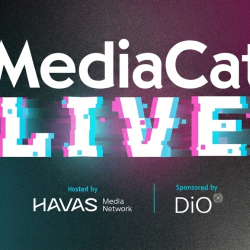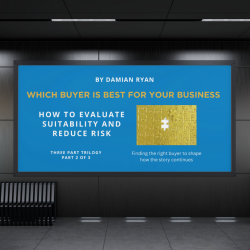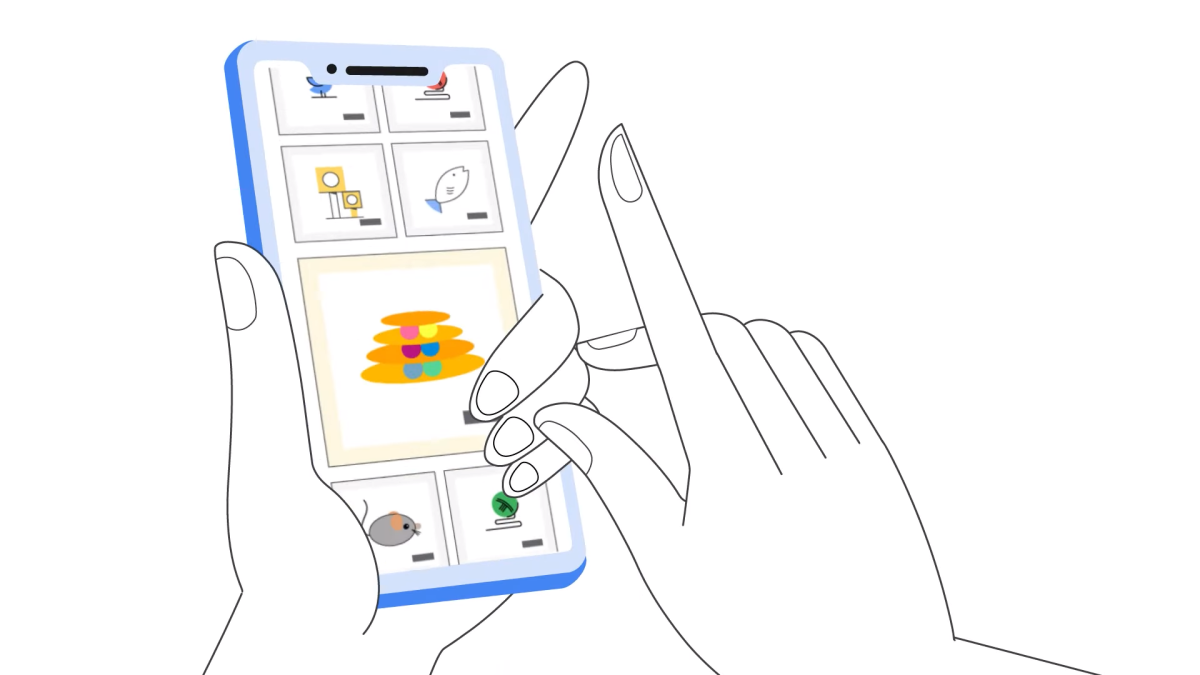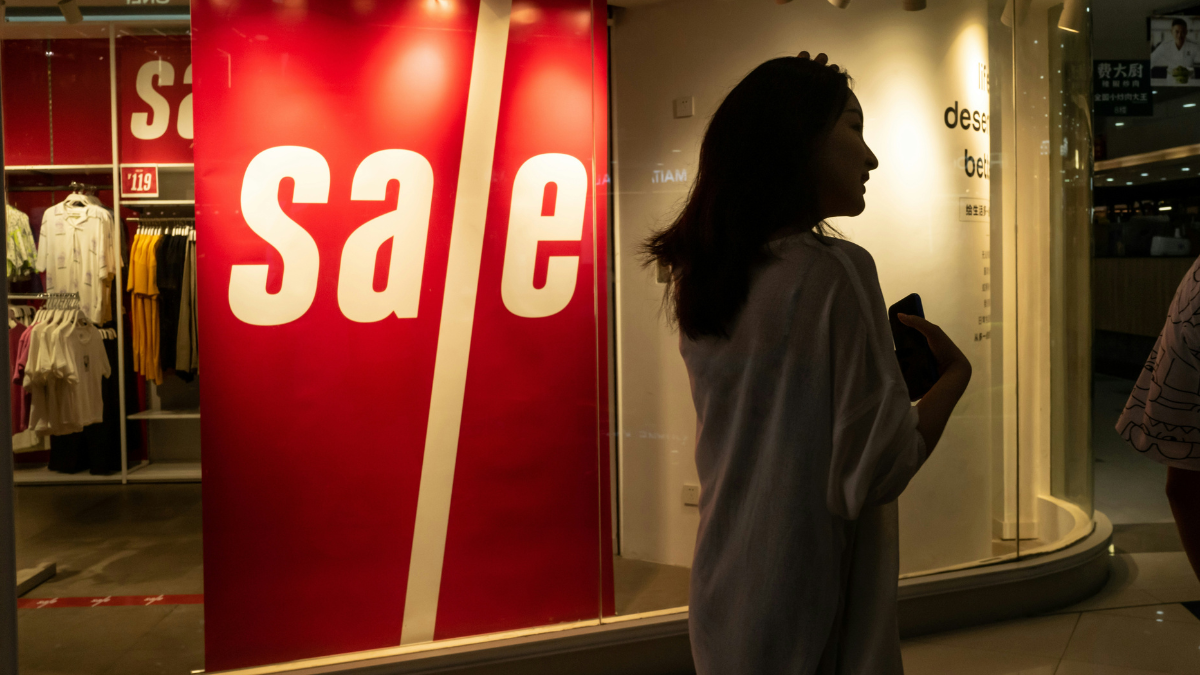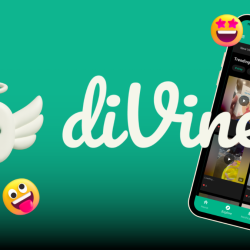The7stars expected steady-but-modest results when it tested Google’s Demand Gen format. Instead, it found consistent performance gains — across sectors, budgets, and brand size.
‘I think we hoped it would deliver incremental results’, said Xanthe Pickford-Avery, head of search at the agency, ‘but the consistency we saw across the board was quite surprising.’
The whitepaper is based on five geographically-based experiments across retail, travel, finance, and subscription services. In every case, Demand Gen drove uplifts in web sessions — typically between 2% and 4% — and delivered incremental conversions, including purchases and lead form submissions.
Google’s Demand Gen, which replaced the previous Discovery Ad format, allows users to buy inventory across YouTube Shorts, YouTube In-Stream, YouTube In-Feed, Discovery feeds, Gmail, and Google Video partners. It has been marketed as a powerful AI-driven tool that targets users who are open to a product or service but not yet searching for it. The research from the UK’s biggest independent media agency offers rare, off-platform validation of the ad product.
The performance boost provided by Demand Gen extended across brand types, too. Even small companies and those with low brand awareness saw positive results, said Pickford-Avery. ‘That’s really promising. For smaller brands who don’t have big TV budgets, Demand Gen offers a mid-funnel format that drives results — not just in platform, but at a business level.’
Part of what makes the findings useful is the methodology used by the agency. While Google can (and does) report on its own platform performance, Pickford-Avery said that ‘essentially, Google’s marking its own homework’. The7stars ran geo-incrementality testing — isolating regions to measure true business impact beyond platform metrics.
The agency’s data and insight team used business performance data from each client to segment high-correlation geographic areas. This allowed them to isolate Demand Gen’s contribution and compare it against always-on spend across other formats, including search and social.
The timing couldn’t be more relevant. In April, Google retired Video Action Campaigns (VACs) from its platform. By Q2 2025, all VACs will be automatically upgraded to Demand Gen — effectively making it Google’s go-to mid-funnel format.
For planners, that raises a key question: is the switch worth it?
According to the whitepaper, yes. In one retail test, a brand transitioning from VAC to Demand Gen saw a 59% increase in omnichannel ROAS on consistent spend. Another advertiser saw ROAS improve by 9% despite doubling its media investment. In both cases, Demand Gen outperformed its predecessor.
‘There was an interesting study by Nielson which showed that there was a 58% higher ROAS on Demand Gen versus VAC’, said Pickford-Avery. ‘And interestingly, the results that we saw were 59% higher ROAS on channel — in the white paper versus VAC. So we were really close to that figure.’
Demand Gen has often been grouped with Performance Max (PMax), given their shared reliance on AI and automated creative optimisation. But The7stars’ results underline the difference in function.
‘PMax is very much a conversion performance format whereas Demand Gen is more mid-funnel’, Pickford-Avery explained. ‘It’s definitely something to complement Performance Max rather than replace.’
With most PMax campaigns allocating minimal budget to video or display, Demand Gen fills a mid-funnel gap — especially across YouTube Shorts, Discover, and Gmail. In tests where Demand Gen ran alongside existing PMax campaigns, it drove additional traffic and conversions.
The study also highlighted what separates strong Demand Gen campaigns from forgettable ones. Audience strategy played a key role: campaigns that used first-party data and lookalike audiences achieved costs per action up to 50% lower than those targeting Google’s predefined audiences.
The agency recommends using conversion-based bidding strategies over click-based ones, testing bespoke video and static assets, and being clear on the campaign’s role in the funnel.
‘You need a robust measurement plan’, said Pickford-Avery. ‘You’ve got to integrate business data, define success, and make sure the setup gives the campaign a real shot.’
The7stars is planning to conduct more studies in this area — including comparative testing between Demand Gen and paid social formats. One emerging question is whether brand awareness affects performance, and whether high and low awareness brands should approach the format differently.
‘There were a few different things that came out of the test that left us with more questions to answer’, she said. ‘There will be more written studies where we take that to market, rather than keeping the information to ourselves.’
For now, the message is clear: Demand Gen can drive real-world business results — not just positive platform metrics. But like any AI-led format, it won’t succeed by default. ‘Rather than just going in blind and saying, “We’re going to test this new format”’, Pickford-Avery said, ‘actually have a plan in place beforehand that will measure the success.’
Photo by FlyD on Unsplash.




